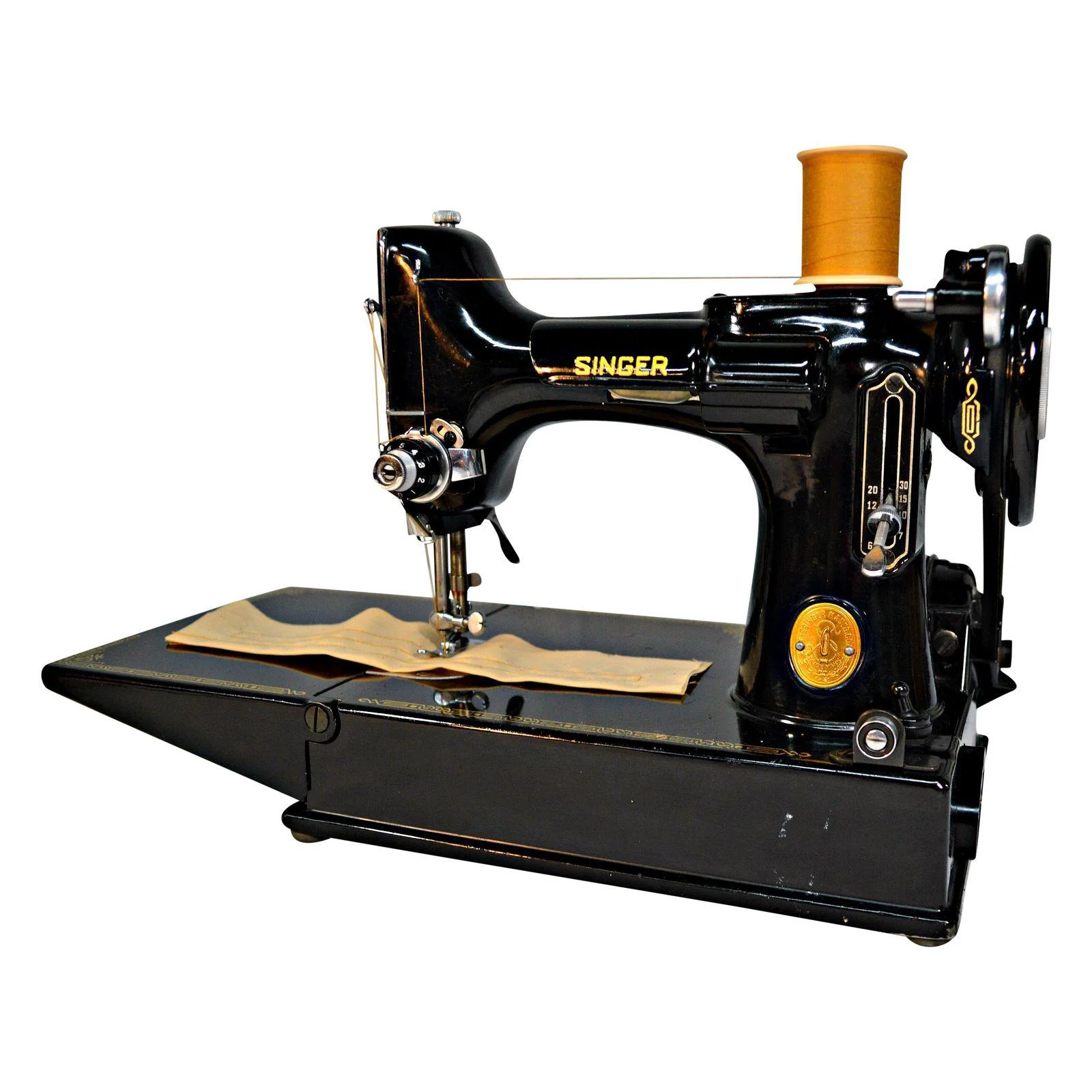Posture and Procrastination
/I don't think the earth feels equally solid to everyone, or even equally solid to anyone from one moment to the next. In this moment, I only seem to be relaxing. In fact I'm in a state of procrastination and my to-do list looms in the air about three feet away.
Read More













